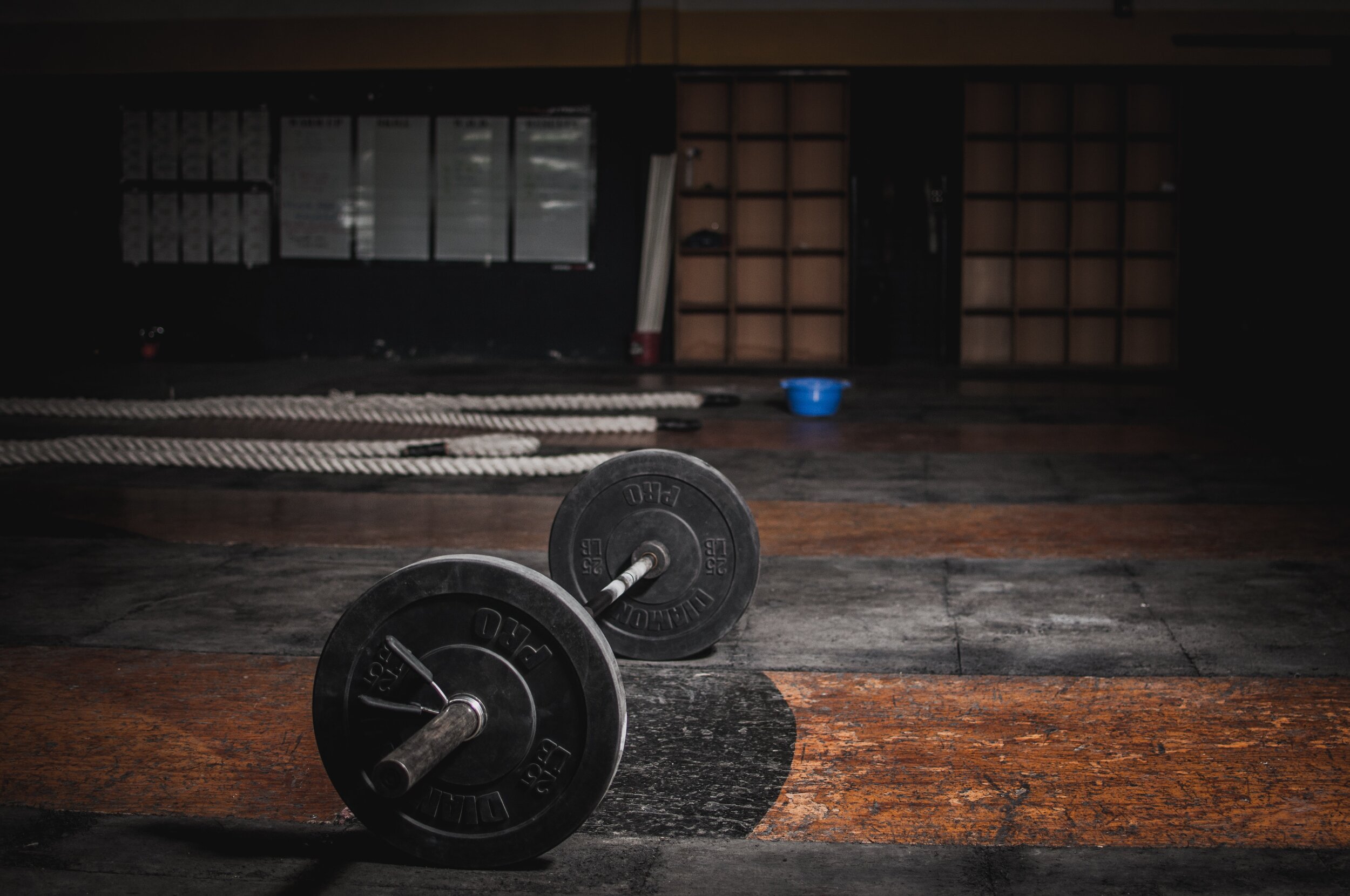At this point in the year, many of our Boulder endurance athletes have completed their respective seasons of running, cycling, and triathlon competitions. Upon reflection, few of these athletes reached the end of their seasons without a missed training day or competition due to injury. This is a very common occurrence as athletes push their training to new levels sometimes exceeding their tissues tolerance for load. The offseason provides a unique opportunity for these athletes to rehabilitate their overuse injuries due to a lower training volume and additional time for strength training.
The goals of the off season include improving an injured tissue’s tolerance to activity and preparation for the upcoming season. Athletes should utilize a calendar to plan out a strategy to transition from their current to desired or required tissue capacity. A key point of understanding involves the difference between load and tissue tolerance. Load tolerance involves a tissues ability to withstand the forces of training and exercise while tissue tolerance describes the maximum loading tolerated by the injured tissues prior to additional injury. Gradual, progressive loading of injured tissues leads to positive adaptations in the tissues to return to pre injury levels. Conversely, excessive loading of injured tissue can cause further injury or a regression of tissue tolerance. Physical Therapists provide a key role in this balance between training, as well as, load and tissue tolerance.
Training loads (exercise, duration, type, frequency, and intensity) are continually modified based off of the athlete’s response to optimize their off season program. As the weeks move forward through the off season and into the pre season more attention can be placed on bridging the gap between an athlete’s current level of function and their sport’s required functional level. We are all aware of athletes who entered the pre season at a lower functional level, quickly exceeded their tissue capacity with a large pre season training block and entered the season with an injury. Conversely, progressive training loads and strength training have been shown to reduce injury risk and improve performance for the upcoming season. In short, the stronger you enter the season the more resilient you are to the training and competition demands of your sport.
Athletes are encouraged to work with a Physical Therapist to determine the current load and tissue capacity after an injury. Based on this assessment an optimal, progressive loading program can be developed to bridge the gap between current and desired function.
Click Here to schedule your next appointment with the experts at MEND

